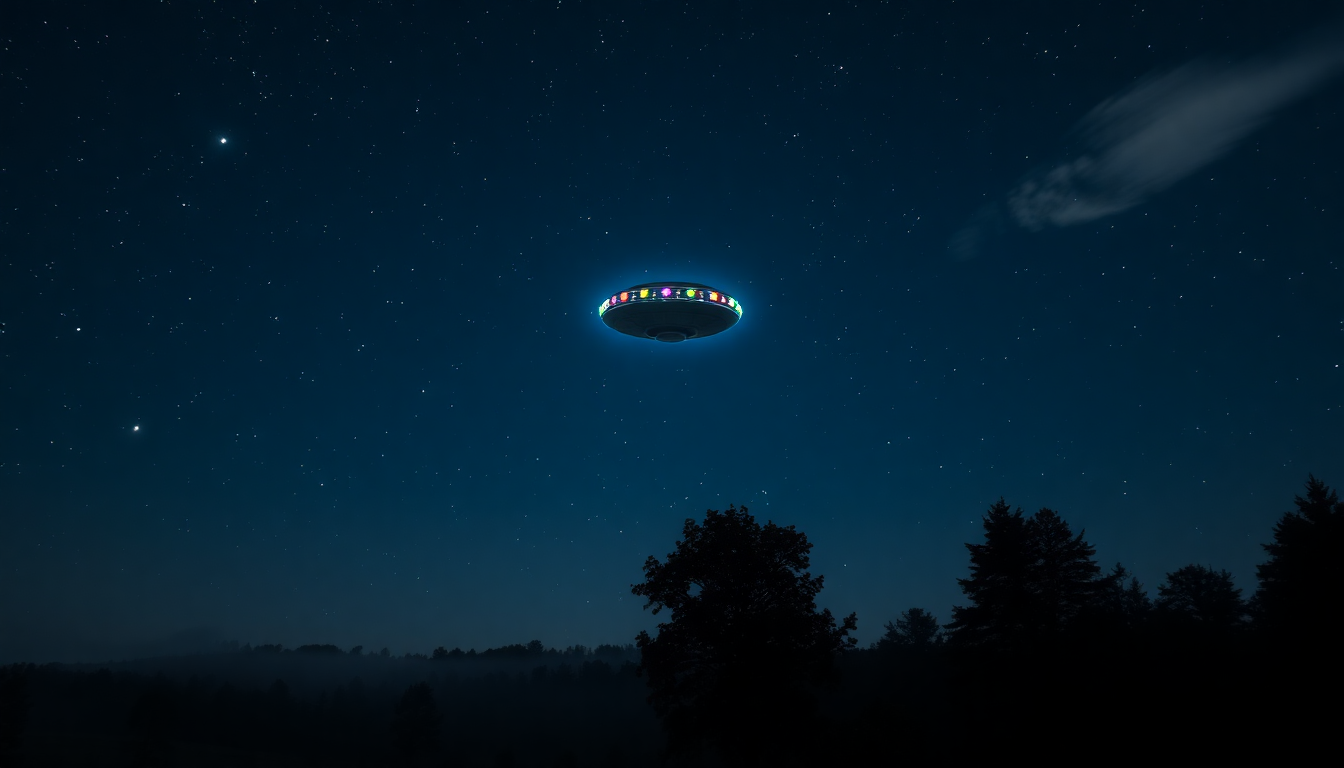Table of Contents
In recent weeks, there’s been a major uptick in interest around unidentified flying objects (UFOs), especially after a series of sightings that have sparked both excitement and speculation. But why are we so captivated by these aerial mysteries? This trend goes beyond just pop culture; it brings up deeper questions about our understanding of the skies and the mysteries they hold. Recent events in upstate New York have reignited discussions around UFOs, drawing in both die-hard enthusiasts and skeptical observers, all eager to explore the line between science and speculation.
A Peek at the New York UFO Sightings
Picture this: a calm summer evening in August, and suddenly, residents near the Finger Lakes are treated to what looks like an alien encounter—a glowing, pill-shaped object silently hovering in the sky. Naturally, social media exploded with reactions. Some locals were convinced it was “otherworldly,” while others couldn’t resist throwing in some light-hearted jokes about extraterrestrial visitors. One enthusiastic local even proclaimed, “They’re here!” It’s clear that witnessing something so unusual can stir up quite a conversation.
However, the excitement didn’t last long. It turned out that the mysterious object was just the result of a rocket launch—the Vulcan Centaur, launched by the United Launch Alliance from Cape Canaveral, Florida. This highlights a common theme in UFO sightings: how easily we can misinterpret unidentified objects as something extraordinary, often overlooking the more mundane explanations that are right in front of us.
Scientific Insights: Why Data Matters
Rear Admiral (ret.) Tim Gallaudet, a former U.S. Navy officer, has a pragmatic take on these sightings. He stresses the significance of scientific training when evaluating what we see in the sky. His approach focuses on finding conventional explanations, whether they are related to weather phenomena or man-made objects. Gallaudet points out that many aerial anomalies can actually be understood through careful data verification, ensuring that eyewitness accounts are backed up by solid evidence.
He outlines key protocols for investigating these phenomena, which include using high-resolution imaging, radar, and acoustic signatures to determine critical characteristics such as size, speed, altitude, and even the object’s potential intentions. This systematic approach not only helps to differentiate between misidentified civilian objects and genuine unidentified aerial phenomena (UAP) but also encourages a culture of scientific inquiry.
The Bigger Picture: What UAP Research Means for Us
As UAP sightings continue to rise, there’s a growing demand for transparency in the scientific research related to these phenomena. Gallaudet believes that deeper investigations into UAPs could help reduce the stigma often tied to them, shifting public perception from fear of the unknown to a more accepted scientific understanding. This shift could foster a greater appreciation for the complexities of our atmosphere and the technologies that operate within it.
The public’s fascination with UFOs taps into a larger curiosity about the universe and our role in it. As we navigate the implications of advanced technologies and the possibility of extraterrestrial life, striking a balance between skepticism and open-minded inquiry is crucial. By approaching these phenomena through a scientific lens, we can transform the narrative surrounding UFOs from one of fear to one of exploration and discovery. After all, isn’t curiosity what drives us to explore the unknown?


